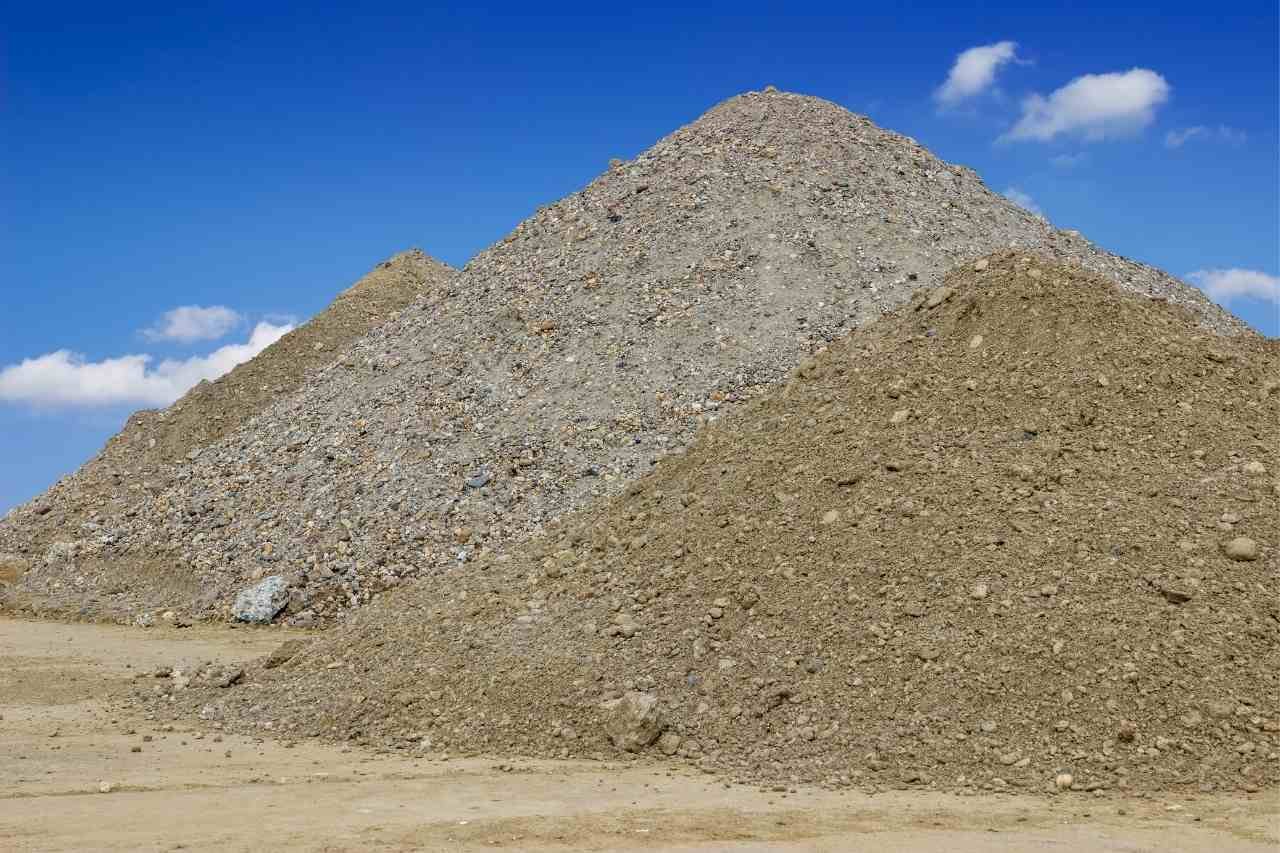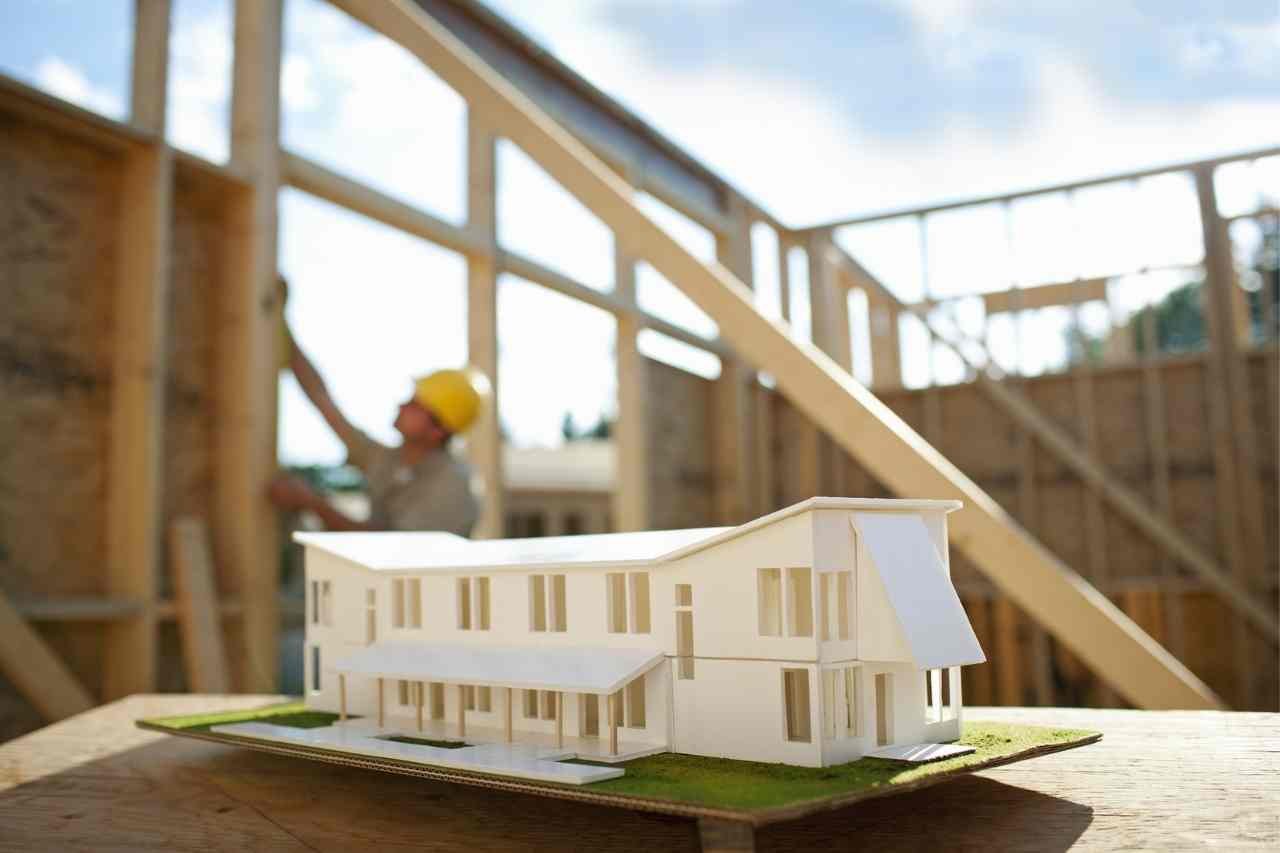Why The Construction Industry Needs To Entirely Embrace Manufactured Sand
- Chloe C
- August 25, 2022
Why The Construction Industry Needs To Entirely Embrace Manufactured Sand
Sand is the second largest natural resource by volume after water and is one of the most important materials in the modern world. Despite this, it is barely regulated in some areas.
This has resulted in many people depleting the supply of natural sand. Some individuals forecast that buildable sand may run out as early as the first half of this century.

Sand is a key ingredient in concrete
Sand is a key ingredient in concrete, consisting of 35% of the major building material. As a result of shifting consumption patterns, an increase in population and increased urbanisation and infrastructure development, the demand for sand has increased three-fold over the last two decades.
This had resulted in the overuse of river sand and sources are becoming depleted. It is estimated that the world now needs 50 billion tonnes of sand each year. That is an average of 18kg per person per day.
We are now starting to see the consequences of using these resources faster than we can produce or replace them. Like most building materials, sand is not an infinite source. This means that if we keep using it, it will eventually run out. It has become clear that time is running out for natural sand as it is getting depleted at an alarming rate.
New regulations have been brought in to protect sand from becoming extinct
Sand is traditionally obtained from rivers and coastlines. These new regulations have now outlawed sand being sourced from these places. The illegal mining of sand from riverbeds poses serve environmental consequences such as erosion of riverbanks and as well as changes in the water’s PH levels. It also threatens marine life as their food sources and ecosystems are destroyed. Which will eventually affect biodiversity.
These regulations combined with environmental warnings have resulted in the construction industry looking for new suitable and sustainable substitutes for natural sand. This was how manufactured sand was born. It is also known as M sand, artificial sand or crushed sand.
Builders are now using manufactured sand as a substitute for natural sand due to its easy availability and less expense.
Stanford environmental scientist and geographer, Eric Lambin, spoke to Maddi Langweil about the sand shortage in July 2022
Maddi asked Eric: What are some sand alternatives that you have explored or know about?
Instead of mining unconsolidated sediment deposits, fine-grained sand and coarser products can be produced artificially by crushing rocks or by recycling construction and demolition waste such as concrete or masonry.
Crushed rock can be equally suitable or superior for some applications, thanks to better control over mineralogical composition and shape. It is already the main source of aggregates in the United States, Europe, and China.
Mr Patrick Pereira, Executive Director of the YTL group quarry division said:
We have almost eliminated river sand in our projects through substitutions and wherever sand has to be used, we have switched to manufactured sand. It not only addresses ecological issues but also improves project efficiency significantly.
This manufactured sand is produced from suitable stones such as hard granite stone. This stone is crushed using different crushing equipment such as cone crushers, impact crushers and roll crushers.
The sand is then sieved and washed to remove fine particles and impurities before finally being tested for quality.

The demand for this economic and ecological alternative has increased over the past few years. This demand is a result of not only the economic and ecological advantages but others as well.
Another advantage is that manufactured sand has higher comprehensive and flexural strength than natural sand. Due to weathering, natural sand particles are rounded, whereas manufactured sand particles are angular and have a rougher surface texture. This allows for better bonding with the mortar and concrete which results in improved strength properties.
Another advantage manufactured sand has over its natural counterpart is it has been proven to offer better workability. It is also free from impurities such as clay, dust and silt which affect its durability and has denser particle packing than natural sand particles.
A further advantage of using manufactured sand is related to transportation costs. Due to demand increasing and supply falling, the cost of natural sand has increased as a result of it having to be transported over long distances. Manufactured sand however can be produced close to construction sites, bringing down the costs of transportation and ensuring sufficient supply.
It is clear that we must find a substitute for river sand being used in the construction industry. Continuous mining of river sand is having huge consequences on the environment and ecosystems.
Using manufactured sand as a substitute for natural sand has so far proven to be successful. This may indicate that manufactured sand does have a place in the future of the construction industry.
More and more people are switching to this sustainable material and as cities around the world continue to grow, the demand for sand will grow at an exponential rate. Many individuals believe that using manufactured sand is our only option as we navigate through the climate change emergency.





